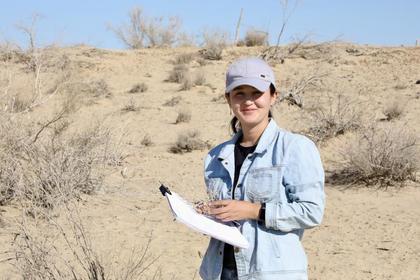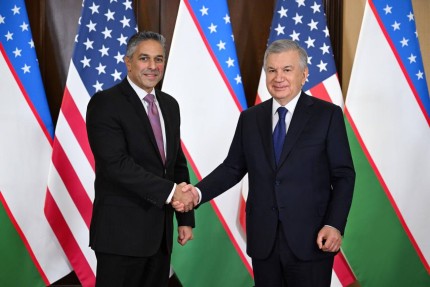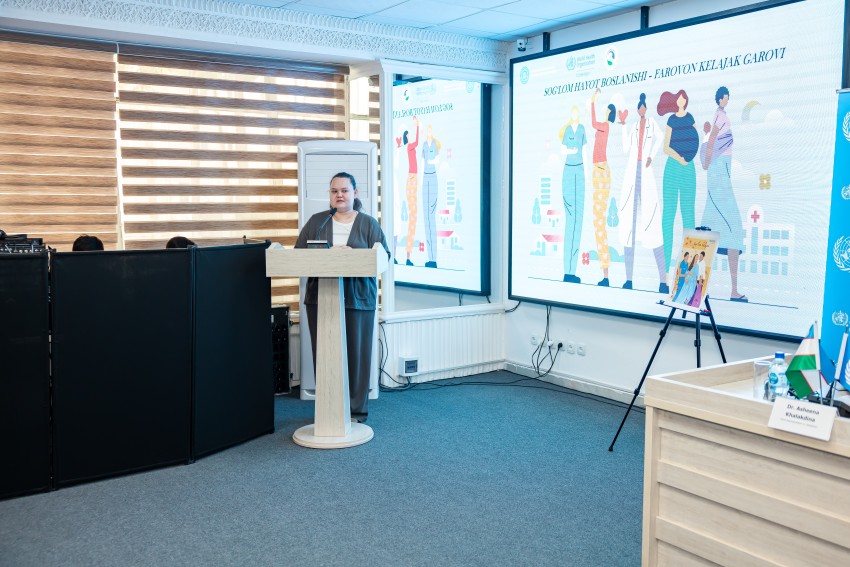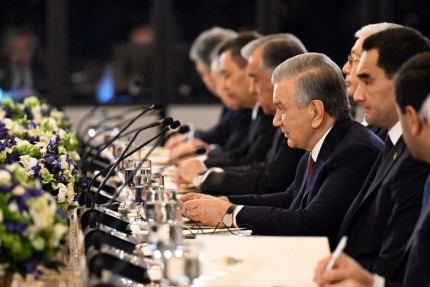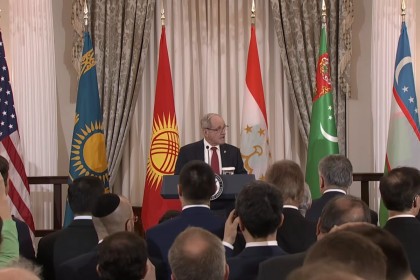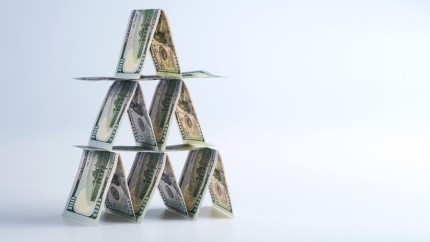On January 19, 2024, a round table was held in Tashkent to discuss the findings of four expeditions conducted by the Scientific Information Center of the Interstate Coordination Water Commission of Central Asia (SIC ICWC) on the dried bed of the Aral Sea.
These expeditions, supported by the UN Development Programme from 2019 to 2023, aimed to address the ecological challenges arising from the disappearance of the Aral Sea and the subsequent formation of the Aralkum salt desert, covering approximately 5 million hectares, with 2.9 million hectares in Uzbekistan.
The region poses a significant threat to the environment and the health of the local population, making it a priority to mitigate the negative consequences of the Aral Sea's drying up and improve living conditions. The Government recognizes this urgency. It should be noted that on May 18, 2021, at the suggestion of the President of Uzbekistan, the UN General Assembly adopted a resolution declaring the Aral Sea region a zone of environmental innovations and technologies. Later, in January 2022, the Government of Uzbekistan adopted the Comprehensive Roadmap for the Development of the Aral Sea Region. Also, in 2018, a reforestation program was launched in the dried-up part of the Aral Sea, and today, out of 2.9 million/ha of the dried area, 1.8 million/ha are already covered with saxaul. To effectively implement further measures and ensure their sustainability, a comprehensive understanding of the current state of the environmental disaster zone based on scientific evidence is essential. Therefore, monitoring of the dried bottom was initiated, considering both natural processes of instability and intense anthropogenic pressure.
The SIC ICWC expeditions, conducted in four stages from 2019 to 2023, involved collaboration with the Scientific Center for the Aral Sea region and specialists in ecology, soil science, hydrogeology, dendrology, botany, and GIS. Encompassing a total area of 2.7 million hectares, the study spanned from Chink to the Kazakh border and from the water's edge to the historical sea mark.
The expeditions included the assessment and classification of soil, the creation of a soil map, identification of potential salt and dust transfer areas, and the determination of soil cover formation conditions and directions. Other notable results include research on the hydrogeological situation, groundwater levels, mineralization, purpose, and usage. The expeditions also involved geobotanical descriptions of vegetation, plant herbarium collection, establishment of formation patterns, and preservation of plant cover. The dynamics of afforestation were assessed through scientific field studies.
Notably, the expeditions built on earlier complex studies conducted from 2005 to 2011, incorporating soil, hydrogeological, and geobotanical analyses with satellite imagery data. The current expeditions facilitated a retrospective analysis of satellite images from that period, enabling the creation of thematic territorial GIS maps and a comparison of landscape class changes and risk zones over the past decade. Simultaneous remote observations and the integration of GPS data into GIS maps allowed for the development of a concept for more accurate space-based monitoring of forest cover in the future.
During the round table, it was emphasized that the obtained data provide scientists with a unique opportunity to study the processes of natural landscape formation on a dried bottom. The completion of the study will enable the synthesis of data and the creation of a geoinformation system for the dried seabed, serving as a reliable foundation for future environmental innovations in the region. These efforts are geared towards establishing and preserving a natural environment conducive to human life and the well-being of flora and fauna.
The first two expeditions were carried out in 2019-2020 within the framework of the Joint UNDP-UNESCO project, the next two expeditions were carried out in 2023 within the UNDP, UNICEF and FAO “Empowering Youth Towards a Brighter Future through Green and Innovative Development of the Aral Sea region” Joint programme funded by the UN Multi-Partner Trust Fund for Human Security in the Aral Sea Region.

